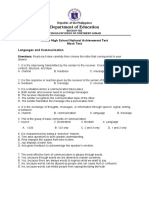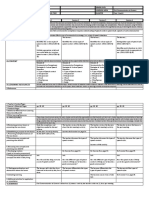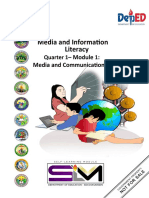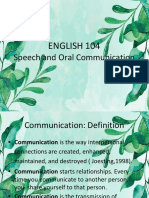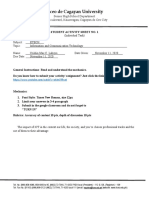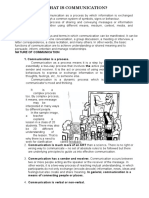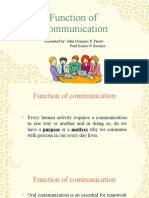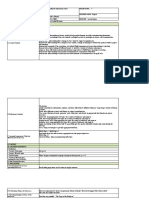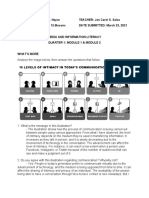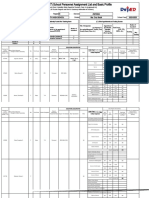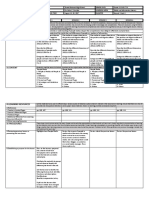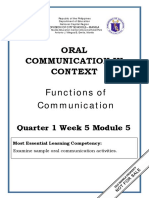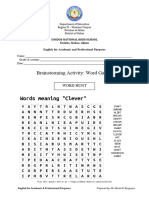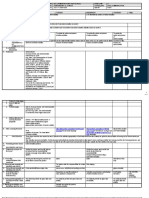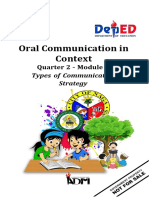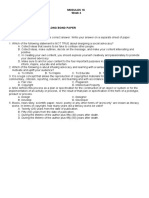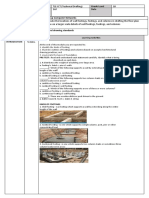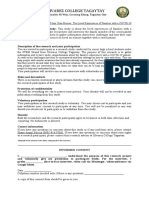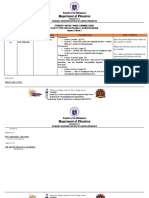0% found this document useful (0 votes)
169 views6 pagesModule 1 Oral Communication in Context Shs
The document discusses the key elements and process of communication. It defines communication as the transfer of information between individuals through various channels and contexts. The main elements of the communication process are the sender, message, encoding, channel, receiver, decoding, and feedback. The document also outlines the five main functions of communication as regulation/control, social interaction, motivation, information, and emotional expression. It describes each step of the communication process and how noise can disrupt effective transmission of the message.
Uploaded by
Pamela AmodenteCopyright
© © All Rights Reserved
We take content rights seriously. If you suspect this is your content, claim it here.
Available Formats
Download as DOCX, PDF, TXT or read online on Scribd
0% found this document useful (0 votes)
169 views6 pagesModule 1 Oral Communication in Context Shs
The document discusses the key elements and process of communication. It defines communication as the transfer of information between individuals through various channels and contexts. The main elements of the communication process are the sender, message, encoding, channel, receiver, decoding, and feedback. The document also outlines the five main functions of communication as regulation/control, social interaction, motivation, information, and emotional expression. It describes each step of the communication process and how noise can disrupt effective transmission of the message.
Uploaded by
Pamela AmodenteCopyright
© © All Rights Reserved
We take content rights seriously. If you suspect this is your content, claim it here.
Available Formats
Download as DOCX, PDF, TXT or read online on Scribd
/ 6



